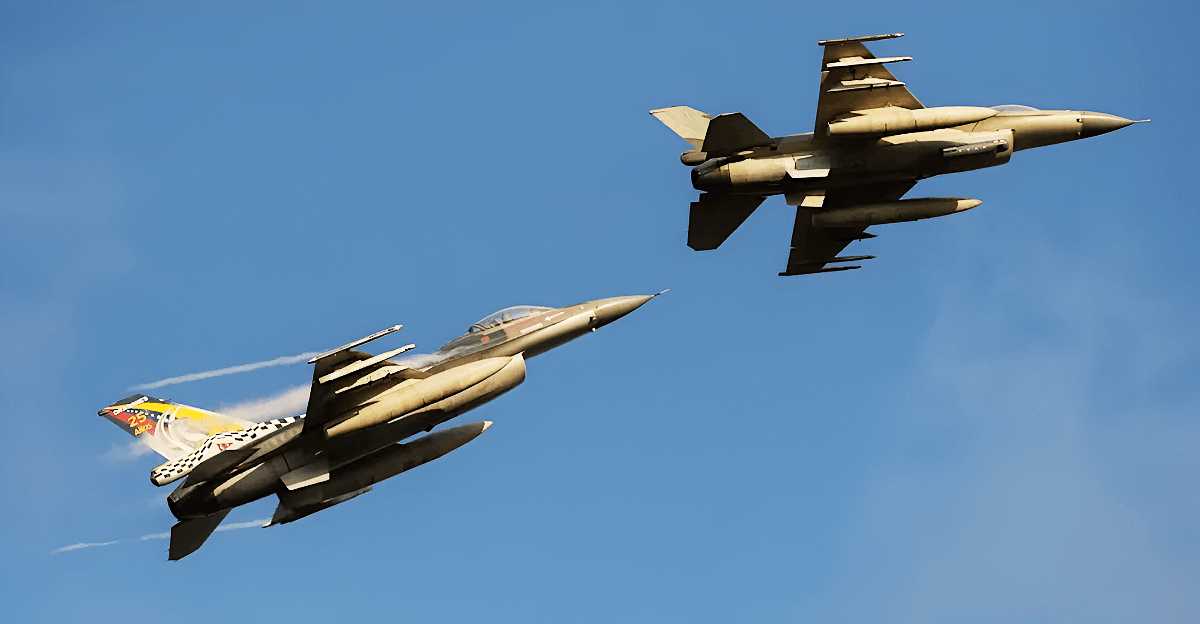
A tense encounter unfolded over the Caribbean on September 4, 2025, when two Venezuelan F-16 fighter jets reportedly approached the USS Jason Dunham, a U.S. Navy destroyer conducting patrols in international waters.
According to Pentagon officials cited by Reuters, the flyover was a “highly provocative” act, while Venezuelan leaders countered that the destroyer had strayed into their territorial waters. For U.S. sailors on deck, the moment marked a sharp shift from routine operations to a display of military signaling and political brinkmanship.
Washington Signals Firmly

According to Reuters and The Independent, U.S. defense officials condemned the flyover as a “highly provocative move. ” Pentagon spokespersons, cited by CBS News, warned, ‘Irresponsible acts put lives at risk,’ and highlighted the need for safe counter-narcotics operations in the Caribbean.
As reported by Reuters, the current deployment includes multiple destroyers and thousands of personnel, with the primary mission of disrupting transnational drug trafficking networks. These deployments also send a clear message to Caracas, noted by Stars and Stripes, that Washington is watching and prepared to defend its operations against interference.
Caracas Pushes Its Narrative
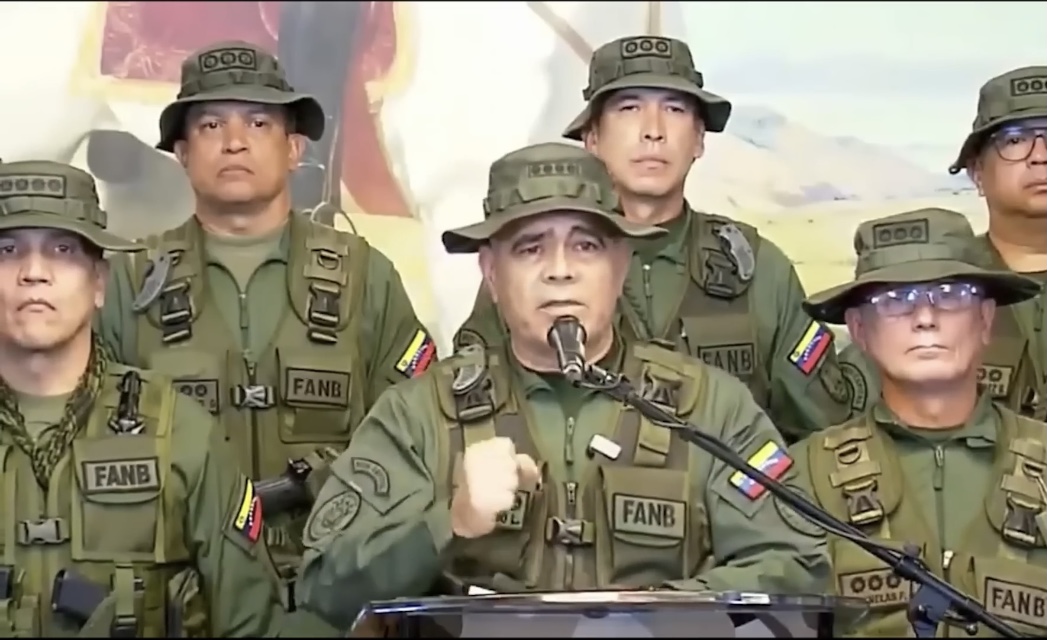
Venezuelan officials quickly pushed back against U.S. accusations. Defense Minister Vladimir Padrino López publicly described the flyover as a “measured response” to American warships operating near Venezuelan waters, according to statements cited by Reuters and other news outlets.
State media broadcast images of pilots preparing their aircraft, projecting readiness and defiance. The exchange revealed starkly different interpretations: Washington cast the maneuver as reckless harassment, while Caracas portrayed it as safeguarding national sovereignty—a clash of narratives that deepened the tension.
Naval Buildup Casts a Long Shadow

The incident occurred amid broader U.S. deployments. In August, Reuters reported that three Aegis-class destroyers, including USS Jason Dunham, joined Caribbean operations alongside over 4,000 sailors and Marines.
While officials stress these forces combat fentanyl and cartel trafficking, the show of firepower also sends a subtle diplomatic message that U.S. assets are capable, present, and prepared to counter threats, even in contested waters.
Disputed Strike at Sea

Days before the flyover, U.S. forces targeted a Venezuelan vessel suspected of carrying narcotics, killing 11 people, according to Reuters. President Trump characterized the targets as affiliated with the Tren de Aragua gang, while Interior Minister Remigio Ceballos rejected that account.
The incident became a focal point for debates over transparency, civilian risk, and the legal boundaries of maritime counter-narcotics operations.
Legal and Ethical Questions

While Pentagon officials maintain the operation is in accordance with international law, legal experts told the Associated Press that lethal strikes without transparent evidence risk violating proportionality and accountability standards.
The contested strike illustrates the fine line the U.S. must walk between operational necessity and public scrutiny, and it highlights how domestic and international audiences can interpret the same event very differently.
F-35s in Puerto Rico — Rumor or Reality?
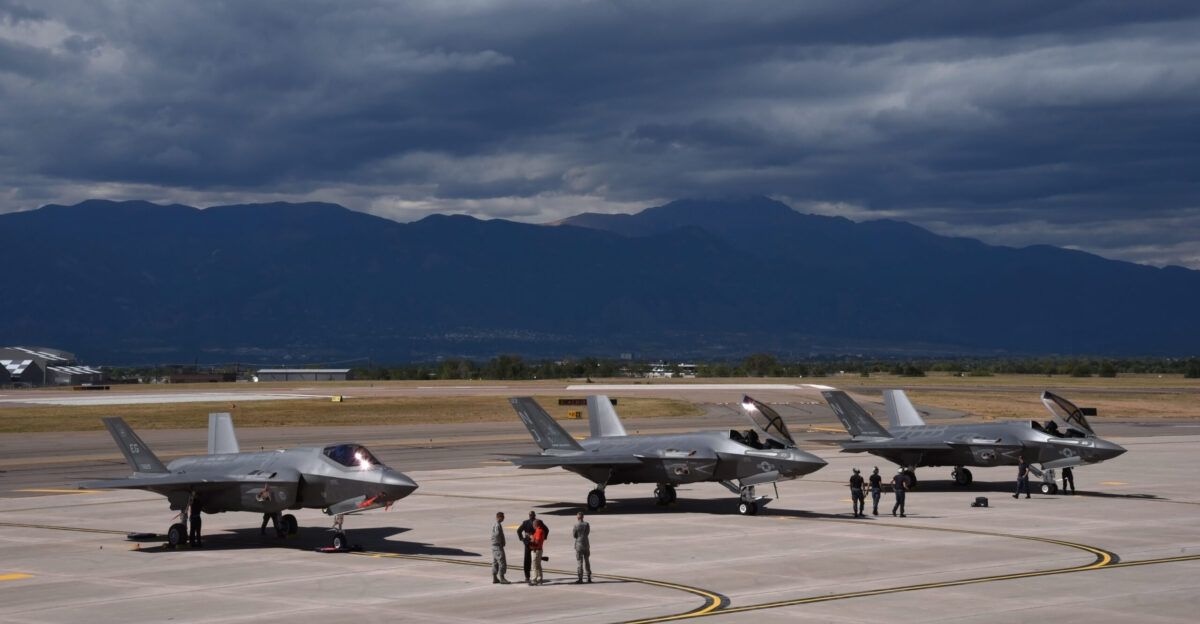
In mid-September, Reuters reported sightings of F-35 fighter jets in Puerto Rico, although the Pentagon would not officially confirm a deployment. “We have no force posture changes to announce,” a spokesperson said.
Even unverified, analysts say such reports serve as a signal of U.S. readiness. In a region where perception can drive policy and reactions, just the possibility of advanced jets nearby intensifies tensions.
Eyes on the Encounter
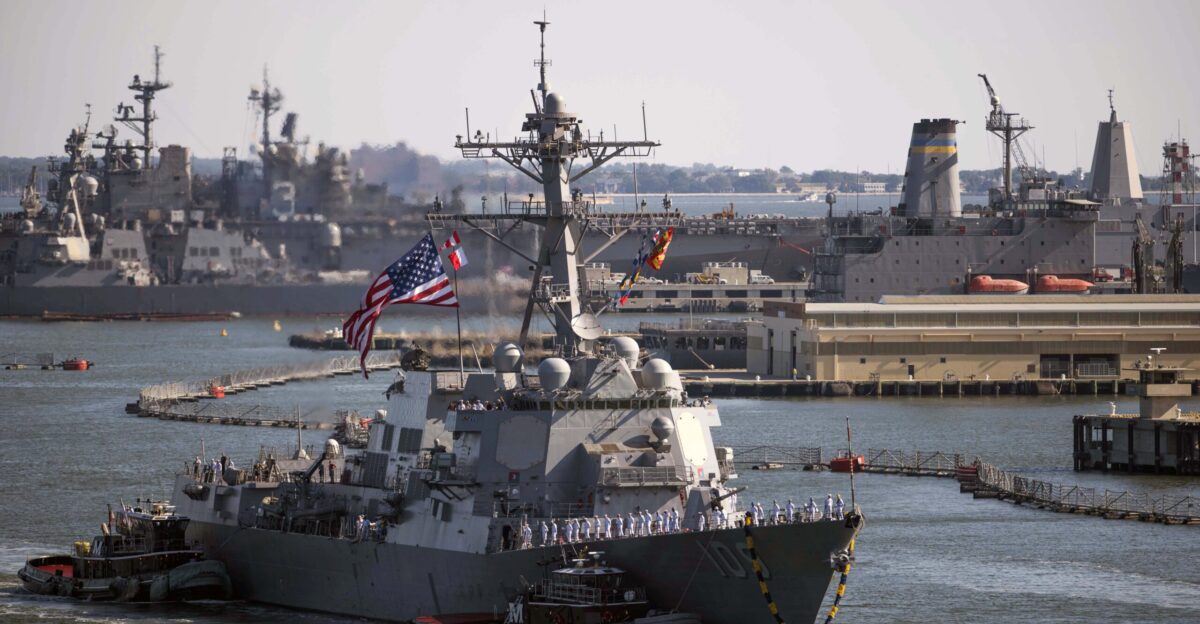
If the Venezuelan jets approached, USS Jason Dunham’s advanced electronic warfare systems would have captured radar emissions and communications. CNN cited retired officers saying these encounters are often intelligence “traps,” offering insights into tactics without firing a shot.
Data collection becomes as strategic as any missile strike in this high-stakes environment, giving the U.S. an informational advantage even amid routine patrols.
An Aging Air Force Stands Its Ground

According to Jane’s Defence, Venezuela’s F-16s, purchased from the U.S. in the 1980s, now face maintenance challenges and limited spare parts. Only a few remain operational, yet the government continues to emphasize their symbolic value.
The tension between capability and appearance is stark. Pilots practicing maneuvers and readiness drills signal national pride and resolve, even when technology lags far behind U.S. assets.
Military Drills and Messaging
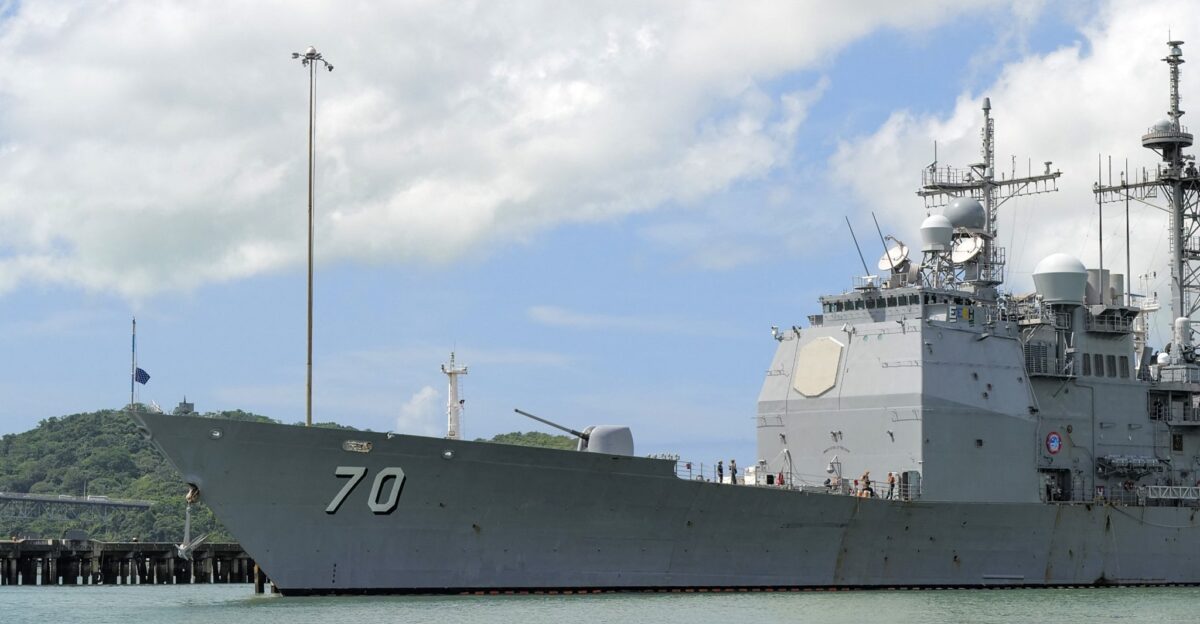
Following the flyover and contested strike, Maduro ordered nationwide exercises. State television aired naval and air drills, which Defense Minister Padrino López described to the BBC as essential to defend against “illegal acts.”
These exercises serve dual purposes by reassuring the population that the government can respond, and sending a clear signal to Washington that Venezuela remains alert and unwilling to appear weak in the face of U.S. operations.
Civilian Tensions on the Water

On September 12, the USS Jason Dunham intercepted and boarded the Venezuelan-flagged tuna vessel Carmen Rosa in waters claimed by Venezuela as its exclusive economic zone. Venezuelan officials said nine fishermen were detained for about eight hours, describing the operation as “hostile” and “illegal.”
U.S. officials stated the boarding was part of routine anti-smuggling enforcement and took place in international waters, confirming that no drugs were found.
Such operations intensify local mistrust and anxiety for coastal communities, highlighting how security actions can cause broad human and political repercussions during heightened geopolitical tension.
Shaping Domestic Narratives

Both governments are leveraging the standoff to consolidate domestic support. Venezuelan media portrays U.S. actions as imperial overreach, while U.S. outlets emphasize dismantling narcotics networks.
Analysts told the Associated Press that these narratives harden positions, making compromise more difficult and amplifying the stakes of every patrol, flyover, and military exercise. Citizens and policymakers alike watch every move for signs of weakness or escalation.
High Stakes and Miscalculations

Defense experts warn that repeated encounters in contested airspace and waters create a thin line for miscalculation. One analyst told the BBC, “These are high-stakes cat-and-mouse games.” Even routine maneuvers could trigger misinterpretation, escalating into more serious incidents.
Fatigue, communication errors, or equipment misreads can quickly turn minor tensions into broader crises, highlighting the human and technological vulnerabilities inherent in high-pressure operations.
The Weight of Presence
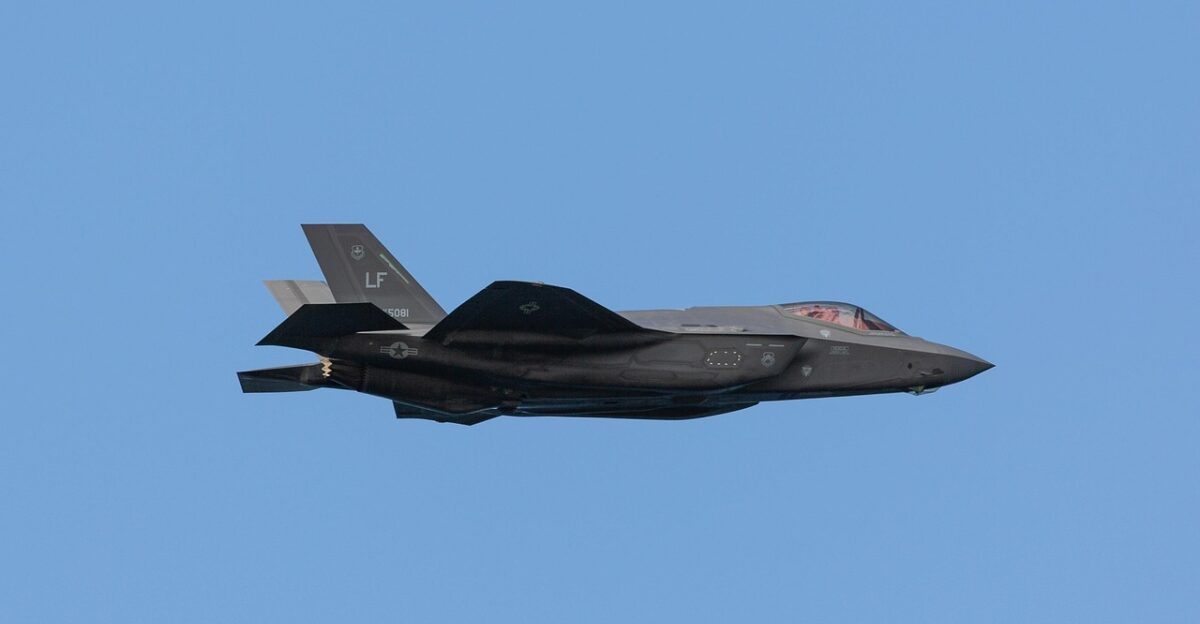
The rumored F-35 positioning, combined with U.S. destroyers in the Caribbean, demonstrates how presence itself becomes a message. Observers in neighboring countries view the posture as deterrence and a reminder of U.S. dominance.
For Caracas, these deployments reinforce a sense of encirclement and strategic pressure, showing that military presence can escalate perceptions and heighten the stakes of diplomacy and engagement even without direct confrontation.
The Human Lens

Beyond radar and geopolitics are the people living through the standoff: sailors on the deck, pilots in aging jets, fishermen navigating contested waters. Reuters reported that local coastal communities are wary of patrols that could disrupt livelihoods.
Each encounter carries tangible consequences, blending large-scale strategic tensions with human stories, where perception, fear, and resilience intersect in everyday life.
A Region Watching Closely
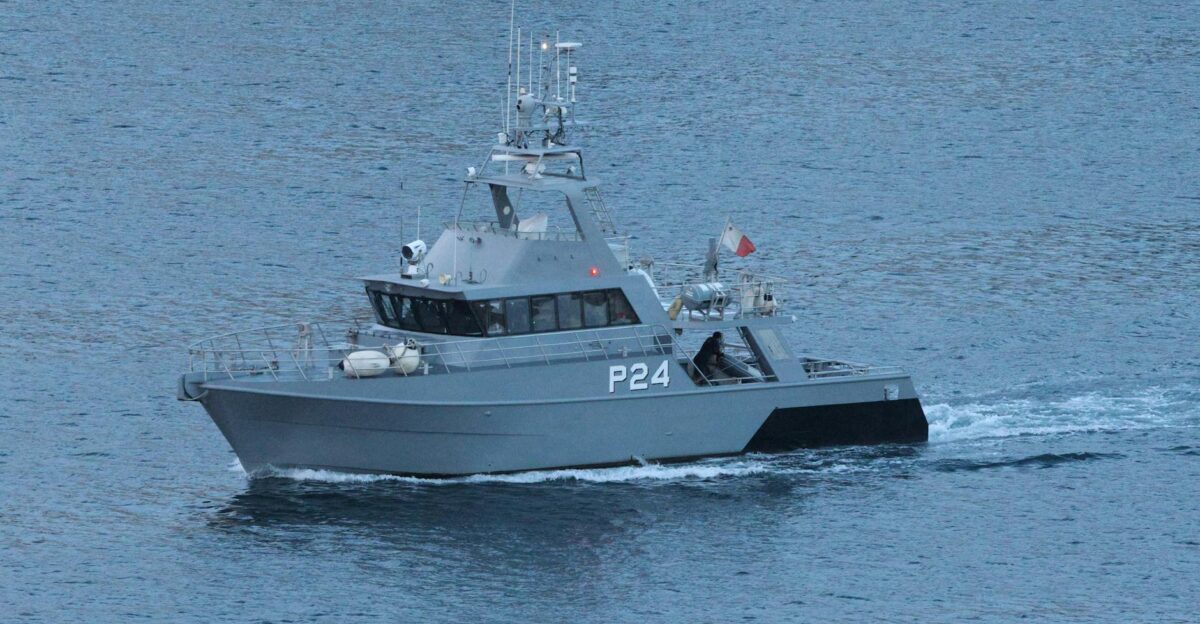
Caribbean nations watch the standoff closely. Every radar sweep, aircraft trajectory, or naval patrol ripples across borders, influencing regional security, trade, and public sentiment.
The BBC reported that smaller states often interpret U.S.-Venezuelan interactions as indicative of power balances, showing that the implications of even minor events extend far beyond the immediate parties involved.
Uncertain Horizons

With diplomacy limited and military postures hardening, the region’s trajectory is unpredictable. Will the U.S. release its data from encounters? Can Venezuela ensure civilian safety in maritime operations? International bodies may scrutinize conflicting narratives.
The Caribbean remains a stage where strategy, perception, and human stakes collide, and every patrol or flyover carries the weight of potential escalation and deterrence.